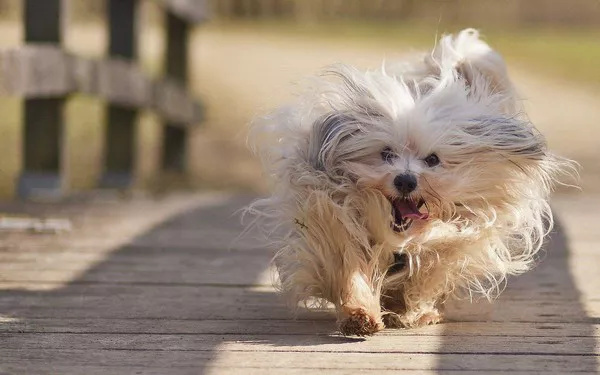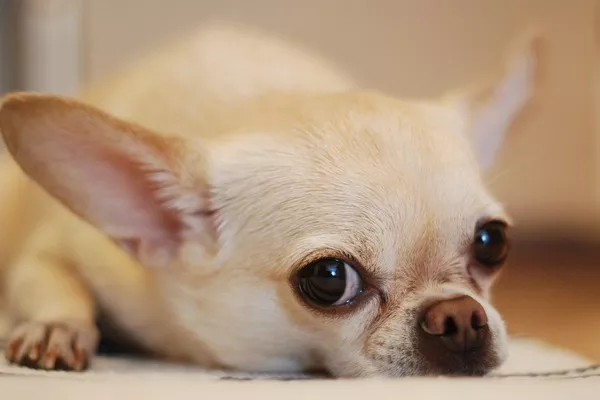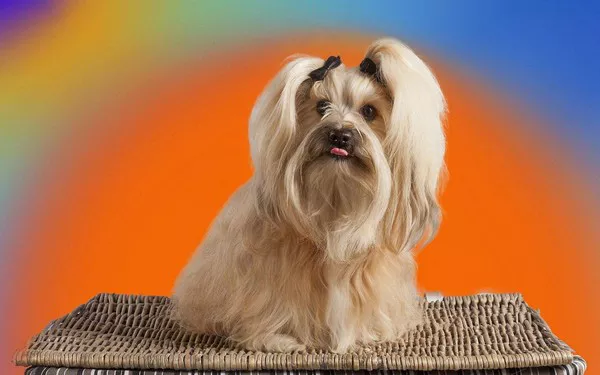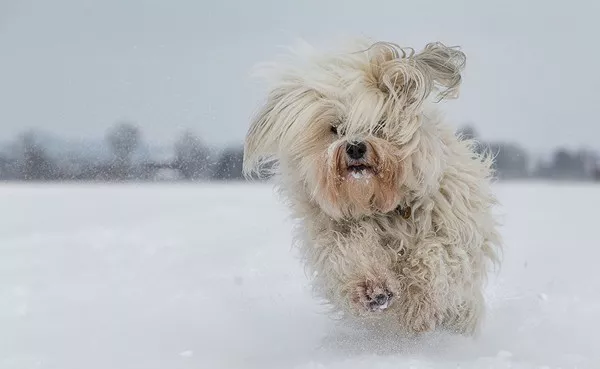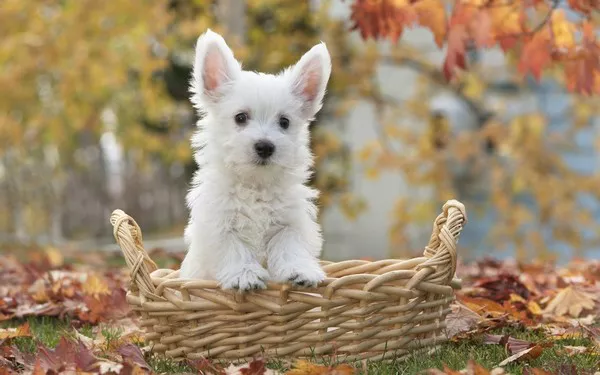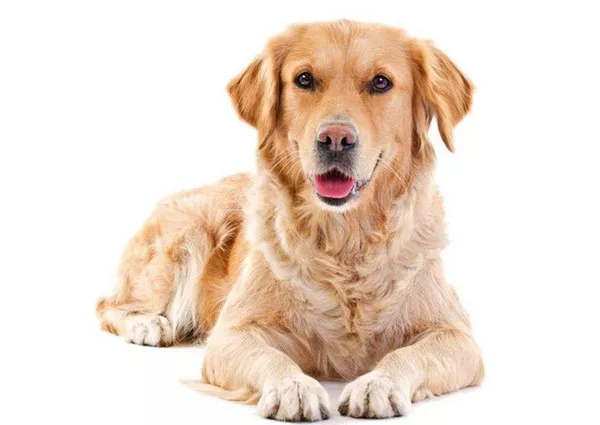Schnauzers, known for their distinctive bearded appearance and vibrant personality, are a popular breed among dog enthusiasts. This breed’s unique coat and overall appearance contribute to their charm, but they also present specific grooming needs. Grooming not only enhances their appearance but also contributes to their health and well-being. This article provides an in-depth exploration of grooming requirements for Schnauzers, including a detailed look at their coat structure, grooming techniques, and the frequency of grooming sessions necessary to maintain their optimal condition.
Understanding the Schnauzer Coat
Coat Types and Characteristics
Schnauzers come in three sizes—Miniature, Standard, and Giant—and while their grooming needs are similar, some variations exist based on coat type and size. All Schnauzers have a double coat consisting of a wiry outer layer and a softer undercoat.
Outer Coat: The outer coat is dense, harsh, and wiry, which gives Schnauzers their distinctive look. This texture is crucial for protecting the dog from environmental elements.
Undercoat: The undercoat is softer and provides insulation. It is less visible but essential for regulating the dog’s temperature.
Hair Growth and Shedding
Schnauzers are known for their minimal shedding compared to other breeds, which makes them a popular choice for individuals with allergies. Their hair grows continuously and requires regular trimming to prevent matting and maintain their distinctive appearance.
Grooming Needs by Schnauzer Size
Miniature Schnauzers
Miniature Schnauzers, with their smaller size, require grooming that focuses on maintaining their coat’s texture and preventing tangles. Their grooming needs are often more frequent due to their smaller size, which can lead to quicker buildup of dirt and debris.
Frequency: Miniature Schnauzers should ideally be groomed every 4 to 6 weeks. This schedule helps maintain their characteristic look and prevents matting in their coat.
Special Considerations: Regular brushing is essential to keep their coat free of tangles and to reduce the risk of skin infections.
Standard Schnauzers
Standard Schnauzers, being mid-sized, have grooming needs that are somewhat balanced between the Miniature and Giant varieties. Their coat requires regular maintenance to preserve its texture and appearance.
Frequency: A grooming session every 6 to 8 weeks is generally sufficient for Standard Schnauzers. This routine helps maintain their coat and keeps their skin healthy.
Special Considerations: Regular brushing and periodic trimming are necessary to manage their coat’s length and prevent matting.
Giant Schnauzers
Giant Schnauzers, with their larger size, have grooming needs that require more attention due to their more extensive coat. Their grooming schedule is similar to that of the Standard Schnauzer but may require additional frequency depending on their activity level and coat condition.
Frequency: Grooming every 8 weeks is usually recommended for Giant Schnauzers, though some may benefit from more frequent sessions depending on their lifestyle and coat condition.
Special Considerations: Their coat may require more intensive brushing to manage shedding and prevent tangles.
Grooming Techniques and Tools
Brushing
Brushing is an essential part of Schnauzer grooming. It helps remove loose hair, dirt, and debris while preventing matting. Different types of brushes can be used based on the Schnauzer’s coat condition:
Slicker Brushes: Ideal for removing loose hair and preventing tangles.
Bristle Brushes: Useful for smoothing the coat and adding shine.
Comb: Helps in detangling and checking for mats.
Trimming and Clipping
Regular trimming and clipping are vital to maintain the Schnauzer’s distinctive look and manage their coat length. Key areas to focus on include:
Beard and Mustache: Trimming the beard and mustache helps keep the Schnauzer’s face clean and maintains their signature appearance.
Legs and Body: Regular clipping of the body and legs ensures that the coat remains manageable and reduces the risk of matting.
Ears: Trimming around the ears helps prevent infections and keeps the ears clean.
Bathing
Bathing is an important aspect of grooming but should not be done too frequently as it can strip the coat of natural oils.
Frequency: Generally, Schnauzers should be bathed every 6 to 8 weeks or as needed, depending on their activity level and coat condition.
Shampoo and Conditioner: Use products specifically formulated for dogs to maintain their coat health and avoid skin irritations.
Health Considerations
Skin Health
Regular grooming contributes to the overall skin health of Schnauzers. A well-maintained coat reduces the risk of skin infections, irritations, and parasites.
Checking for Skin Issues: During grooming, inspect the skin for signs of irritation, infections, or parasites. Early detection can prevent more serious health issues.
Hydration: Ensure that the coat and skin are well-hydrated by using appropriate grooming products and maintaining a balanced diet.
Ear Care
Schnauzers are prone to ear infections due to their ear structure. Regular grooming should include ear care:
Cleaning: Gently clean the ears with a dog-specific ear cleaner to remove excess wax and debris.
Inspection: Regularly check for signs of infection or inflammation.
Grooming Tips for Schnauzer Owners
Professional Grooming vs. Home Grooming
Deciding between professional grooming and home grooming depends on the owner’s experience and the Schnauzer’s specific needs.
Professional Grooming: A professional groomer can provide a thorough and precise grooming experience, which is particularly useful for maintaining the Schnauzer’s specific breed standards.
See Also: Are Schnauzers Easy to Potty Train?
Home Grooming: With the right tools and techniques, home grooming can be a practical and cost-effective solution. However, it requires a commitment to learning proper grooming techniques and maintaining a consistent schedule.
Establishing a Grooming Routine
Establishing a consistent grooming routine is essential for maintaining the Schnauzer’s coat and overall health.
Create a Schedule: Develop a grooming schedule based on your Schnauzer’s size and coat condition. Regular grooming sessions help prevent matting and keep the coat in top condition.
Positive Reinforcement: Use positive reinforcement techniques to make grooming a pleasant experience for your Schnauzer. This can include treats, praise, and gentle handling.
Novel Perspectives on Schnauzer Grooming
Grooming and Behavior
Recent studies suggest a connection between regular grooming and behavioral benefits in dogs. Routine grooming can contribute to a Schnauzer’s overall well-being by reducing anxiety and promoting relaxation.
Stress Reduction: Regular grooming sessions can help alleviate stress by providing a consistent and calming routine.
Bonding Opportunity: Grooming can strengthen the bond between the Schnauzer and its owner, leading to improved behavior and trust.
Advances in Grooming Technology
Technological advancements in grooming tools and products offer new opportunities for enhancing Schnauzer grooming practices.
High-Tech Grooming Tools: Innovations such as battery-operated clippers, specialized grooming brushes, and advanced shampoos can improve the grooming experience and effectiveness.
Grooming Apps and Resources: Various apps and online resources offer guidance on grooming techniques and tools, providing valuable information for Schnauzer owners.
Conclusion
Maintaining the grooming needs of Schnauzers requires a thoughtful approach that balances the breed’s unique coat characteristics with regular grooming practices. Whether you opt for professional grooming or take on the task yourself, understanding the specific needs of Miniature, Standard, and Giant Schnauzers is crucial for keeping their coats healthy and their appearance sharp. By adhering to a consistent grooming schedule, using appropriate tools, and considering advancements in grooming technology, you can ensure that your Schnauzer remains in top condition, both in appearance and health.
Regular grooming not only enhances the Schnauzer’s physical appearance but also contributes to their overall well-being and quality of life. Whether you’re a seasoned Schnauzer owner or new to the breed, understanding and addressing their grooming needs is key to maintaining their distinctive look and ensuring their long-term health and happiness.
Related Topics:

